Due to global warming and other factors, several of our wildlife species face extinction. In the face of rapidly disappearing habitats and human-induced pressures, some conservation efforts have managed to bring back these species from the brink of extinction.
Here are ten remarkable stories of animals that were once on the verge of disappearing forever but have been successfully brought back from the brink.
Note: Since the efforts of conservation are consistent, the exact number might vary.
1. California Condor (Gymnogyps californianus)

With only 27 of them left in the wild in the 1980s, the California Condor faced imminent extinction due to habitat destruction and lead poisoning. Through intensive conservation efforts, including captive breeding programs, the population has rebounded to over 400 birds today.
2. American Bison (Bison bison)
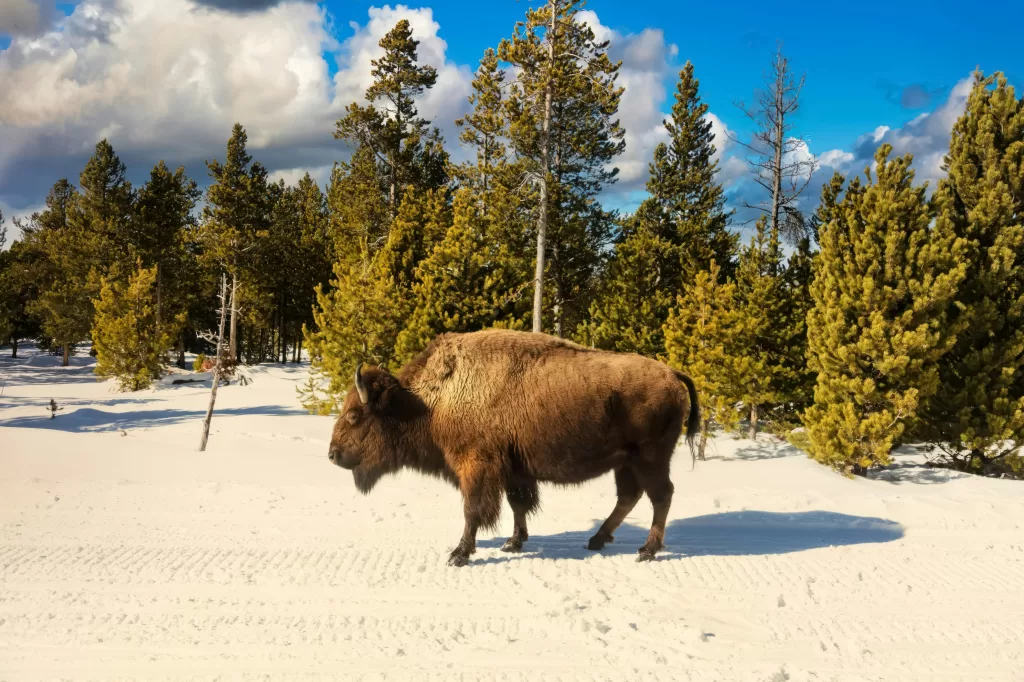
Once numbering in the millions, the American Bison was driven to the brink of extinction by hunting and habitat loss in the 19th century. Conservation efforts, such as the establishment of protected areas and breeding programs, have helped the population recover to around 500,000 today.
3. Arabian Oryx (Oryx leucoryx)
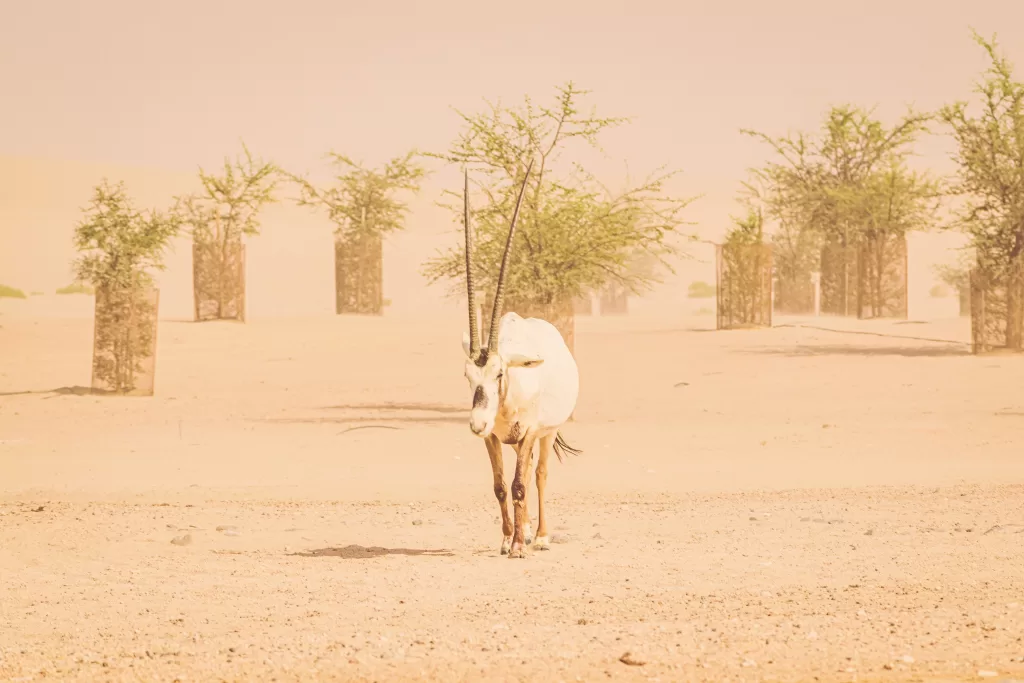
Hunted to extinction in the wild by the early 1970s, the Arabian Oryx was successfully reintroduced to the wild in Oman and Saudi Arabia through captive breeding programs. Today, the population stands at over 1,000.
4. Black-footed Ferret (Mustela nigripes)

Thought to be extinct in the wild in the 1980s, the Black-footed Ferret was rediscovered, and a captive breeding program was initiated. Thanks to these efforts, the population has increased, and ferrets have been reintroduced to several western states.
5. Peregrine Falcon (Falco peregrinus)

Pesticides like DDT caused a drastic decline in Peregrine Falcon populations in the mid-20th century, leading to their listing as endangered. Bans on DDT and captive breeding programs have led to a remarkable recovery, and the falcon is no longer considered endangered.
6. Gray Wolf (Canis lupus)

Extirpated from much of their range in the United States by the mid-20th century, Gray Wolf populations have rebounded thanks to legal protection, habitat conservation, and reintroduction programs in areas like Yellowstone National Park.
7. Przewalski's Horse (Equus ferus przewalskii)
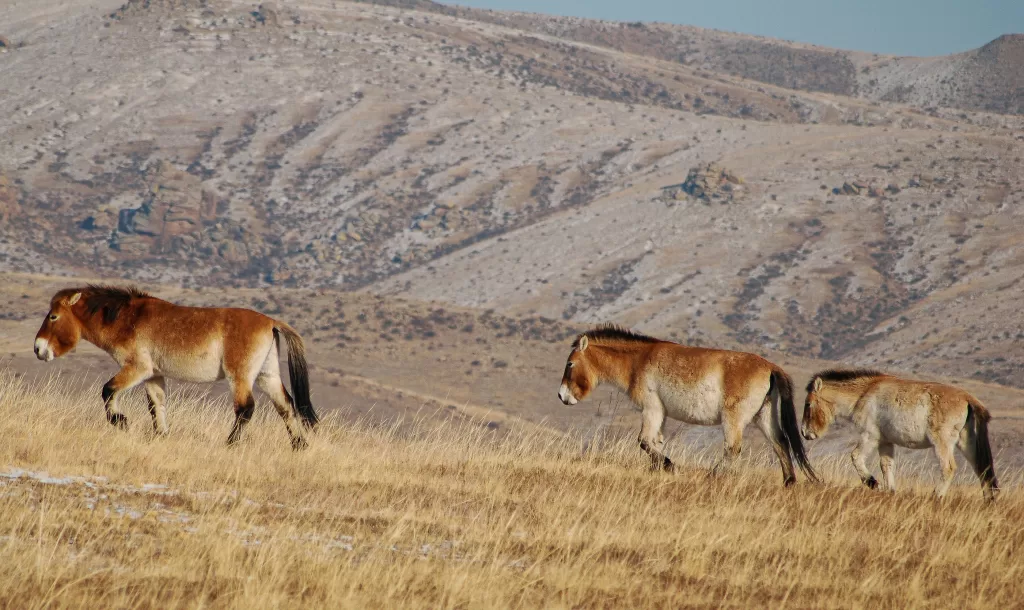
The last wild Przewalski's Horse was seen in 1969, and the species was declared extinct in the wild. However, through captive breeding and reintroduction efforts, populations have been reestablished in Mongolia and China.
8. Southern White Rhino (Ceratotherium simum simum)

Conservation efforts, including anti-poaching measures and captive breeding programs, have helped the Southern White Rhino population recover from the brink of extinction. Today, they are classified as "Near Threatened."
9. Red Wolf (Canis rufus)
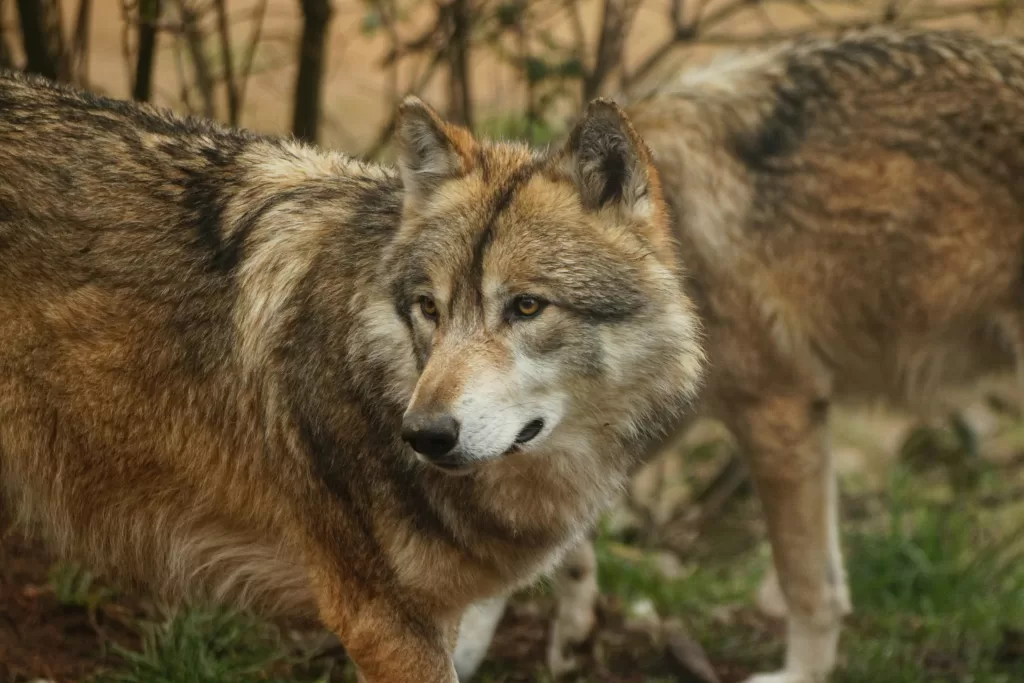
By the 1970s, the Red Wolf was declared extinct in the wild. Captive breeding programs have since helped reintroduce them to select areas in the United States, though they remain critically endangered.
10. Golden Lion Tamarin (Leontopithecus rosalia)

With only a few dozen individuals left in the wild in the 1970s, the Golden Lion Tamarin was saved from extinction through captive breeding and habitat restoration efforts. The population has since increased, though they are still considered endangered.
These success stories highlight the importance of conservation efforts in protecting and preserving Earth's biodiversity. While the challenges remain significant, these examples show that with dedication and effort, it is possible to bring species back from the brink of extinction.
Also if you are interested in exploring the










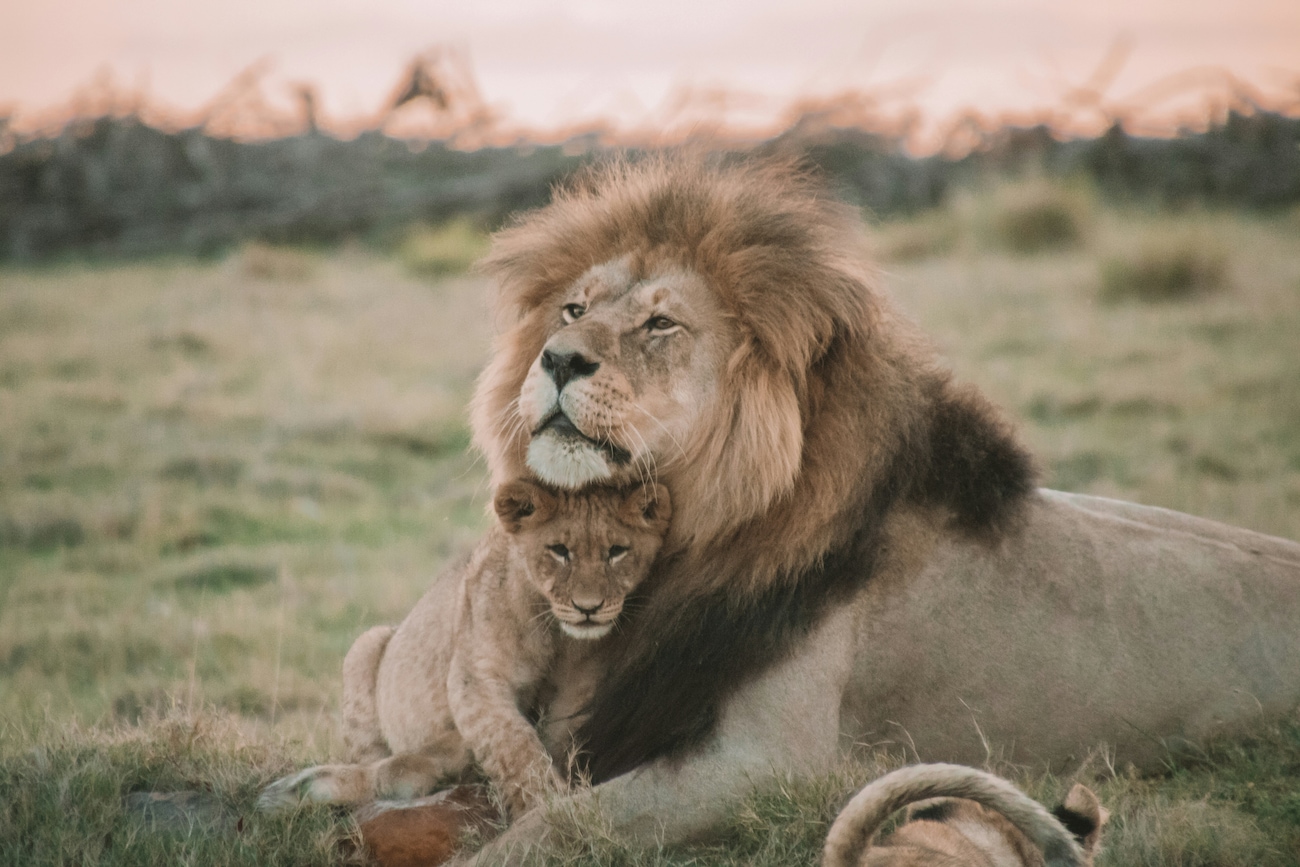






























Post your Comment
Please let us know your thoughts on this story by leaving a comment.